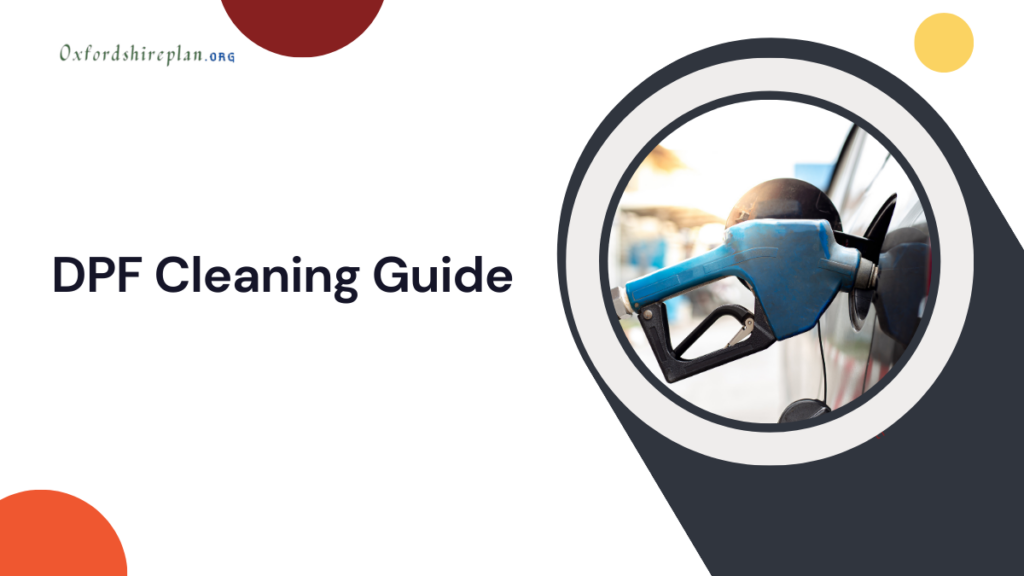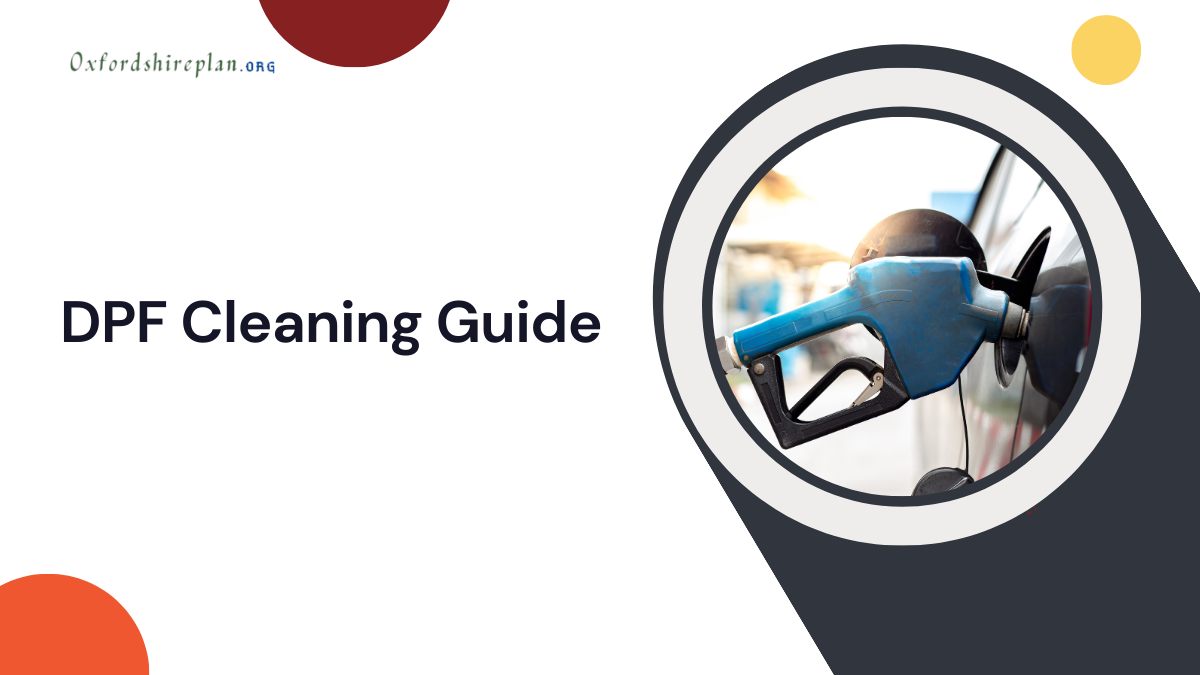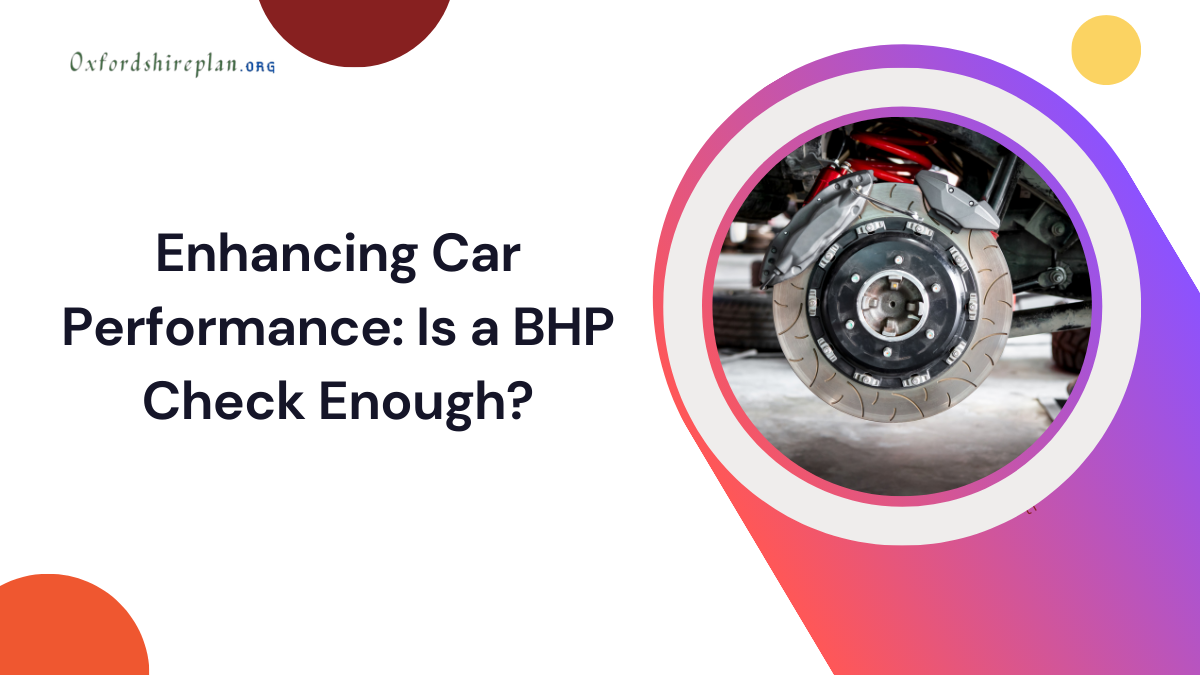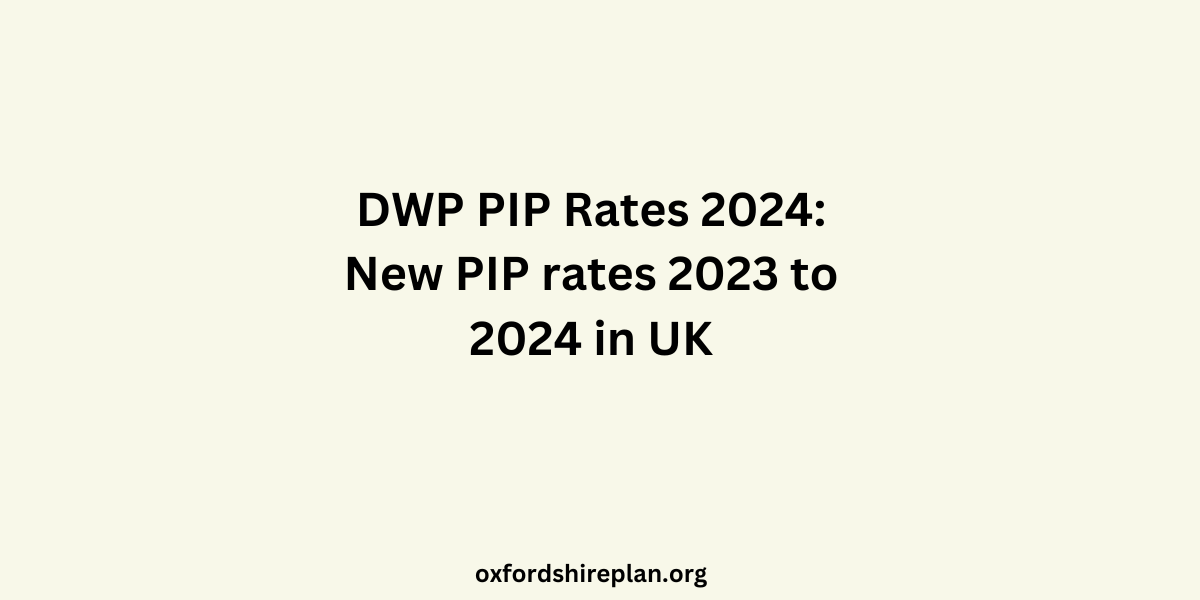Maintaining your Diesel Particulate Filter (DPF) is essential for optimal vehicle performance and environmental safety. Over time, your DPF can become clogged with soot and other harmful particles, leading to poor engine performance and potential damage. Here’s a guide on DPF cleaning, how to tell if your DPF is blocked, and tips to maintain it for long-lasting performance.

Contents
- How to Tell if Your Diesel Particulate Filter (DPF) is Blocked
- Common Symptoms of a Blocked DPF:
- Solutions for a Blocked DPF
- 1. DIY Cleaning with a DPF Cleaning Solution
- 2. Professional DPF Cleaning Service
- Understanding Diesel Particulate Filters (DPF)
- What is a DPF?
- How Does a DPF Work?
- Types of DPF Regeneration:
- Indications of a Dirty DPF
- Warning Signs of a Blocked DPF:
- DIY Blocked DPF Cleaning: Step-by-Step Guide
- Step 1: Prepare for Cleaning
- Step 2: Cleaning the DPF
- Step 3: Manual Removal (For Experienced Mechanics)
- Professional DPF Cleaning Services
- DPF Maintenance and Prevention Tips
- Regular Servicing:
- Preventing Blockages:
- Consequences of Neglecting DPF Cleaning
- Environmental Impact
- Conclusion
How to Tell if Your Diesel Particulate Filter (DPF) is Blocked
When your DPF is clogged, your car will show certain warning signs. Ignoring these symptoms can result in engine damage or costly repairs.
Common Symptoms of a Blocked DPF:
- DPF Warning Light: A filter warning light appears on your dashboard.
- Flashing Glow Plug Light: The glow plug light may flash, indicating a problem.
- Engine Underperformance: The car may enter “Limp Mode,” reducing engine power.
- Odometer Alerts: Glow plug and DPF warning lights may also appear on the odometer.
Solutions for a Blocked DPF
When dealing with a blocked DPF, you have two main options depending on the severity of the blockage.
1. DIY Cleaning with a DPF Cleaning Solution
- Cost-effective: Using a cleaning solution is the cheapest method and may work for minor clogs.
- Products to Try: Reputable DPF cleaners like FORTE DPF Cleaner and STP Diesel Particulate Filter Cleaner are available for under £20.
2. Professional DPF Cleaning Service
- Reliable but Expensive: A professional service ensures a thorough cleaning, typically costing between £350 and £1,000 plus VAT.
- Recommended Service: Services like Clickmechanic, with over 12,000 reviews and a 4.6 rating on Trustpilot, provide reliable results.
| Option | Pros | Cons | Cost |
|---|---|---|---|
| DIY Cleaning | Affordable, easy to try | May not work for severe blockages | < £20 |
| Professional Service | Reliable, thorough cleaning | Expensive | £350 – £1,000+ |
Understanding Diesel Particulate Filters (DPF)
What is a DPF?
A DPF is designed to trap soot particles from your diesel engine’s exhaust to reduce emissions. Every modern diesel car (post-2009) comes with a DPF as part of the UK’s emission standards.
How Does a DPF Work?
A DPF uses a honeycomb-like structure to capture harmful particles. Over time, these particles build up and need to be burned off in a process called regeneration.
Types of DPF Regeneration:
- Active Regeneration: The engine management system injects extra fuel to raise the exhaust temperature, burning off the accumulated soot.
- Passive Regeneration: Occurs naturally during longer, high-speed drives when exhaust temperatures rise enough to clean the filter.
Indications of a Dirty DPF
It’s crucial to catch DPF issues early to avoid long-term damage. Here are common signs that your DPF may need cleaning.
Warning Signs of a Blocked DPF:
- Warning Lights: Look for a filter or exhaust warning light on your dashboard.
- Engine Power Loss: Clogged filters can restrict exhaust flow, reducing power and causing Limp Mode.
- Increased Fuel Consumption: Blocked filters lead to more frequent regeneration cycles, reducing fuel efficiency.
- Unusual Noises: Strange engine noises, such as rattling or rumbling, may indicate DPF problems.
DIY Blocked DPF Cleaning: Step-by-Step Guide
If you’re comfortable doing it yourself, here’s how you can attempt to clean your DPF.
Step 1: Prepare for Cleaning
- Park your car in a well-ventilated area and allow the engine to cool completely.
Step 2: Cleaning the DPF
- Regeneration Process: Driving at higher revs (around 4,000–5,000 RPM) for an extended time can trigger natural regeneration, helping to clear the blockage.
- Use a DPF Cleaner: Apply a product like FORTE DPF Cleaner by following the instructions. This product helps break down soot, improving DPF efficiency.
Step 3: Manual Removal (For Experienced Mechanics)
- Remove the DPF: If you’re mechanically inclined, remove the DPF following your car’s manufacturer’s guidelines.
- Soak in Cleaning Solution: Spray a DPF cleaner onto the filter and allow it to soak for 20 minutes.
- Rinse and Dry: Use a pressure washer to rinse the DPF, then allow it to dry completely before reinstalling.
Professional DPF Cleaning Services
- Ultrasonic Cleaning: Submerges the DPF in a cleaning solution while ultrasonic waves break down the soot.
- Fluid-Based Cleaning: Uses high-pressure water and cleaning agents to flush out soot and debris.
| Method | Description |
|---|---|
| Ultrasonic Cleaning | Uses sound waves to dislodge soot from the DPF. |
| Fluid-Based Cleaning | Uses high-pressure water to flush out accumulated debris. |
A professional service also includes diagnostic tests to ensure the DPF is functioning properly after cleaning.
DPF Maintenance and Prevention Tips
Maintaining your DPF is essential to avoid future blockages. Here are tips to help extend the life of your filter.
Regular Servicing:
- Oil Change: Every 10,000 miles (16,000 km) or 12 months.
- Fuel Filter Replacement: Every 20,000 miles (32,000 km) or 24 months.
- Air Filter Maintenance: Regular checks during routine servicing.
| Service Type | Frequency |
|---|---|
| Oil Change | Every 10,000 miles or 12 months |
| Fuel Filter Replacement | Every 20,000 miles or 24 months |
| Air Filter Maintenance | During routine servicing |
Preventing Blockages:
- Avoid Short Journeys: Short trips don’t allow the engine to reach optimal temperatures, preventing proper DPF regeneration.
- Respond to Warning Lights: If your DPF warning light comes on, drive at a steady pace for 15-20 minutes to allow active regeneration.
- Manual Regeneration: Some vehicles have a manual regeneration feature. Check your car’s manual for instructions.
Consequences of Neglecting DPF Cleaning
A neglected DPF leads to several problems, including:
- Reduced power and fuel efficiency.
- Increased exhaust emissions.
- Risk of engine failure.
Environmental Impact
A clogged DPF allows harmful particulates to escape, contributing to air pollution. A properly maintained DPF helps reduce your vehicle’s environmental footprint by minimizing harmful emissions.
Conclusion
Regular DPF cleaning is critical to keeping your diesel engine running smoothly. Whether you choose DIY methods or professional cleaning, maintaining your DPF will save you money in the long run by preventing costly repairs and keeping your vehicle’s emissions low.
Taking a proactive approach to DPF maintenance ensures better engine performance, improved fuel efficiency, and a cleaner driving experience.
Click here to learn more.

I am a dedicated lifestyle and fashion enthusiast, always looking for the latest trends and timeless styles. With a flair for creativity and a passion for self-expression, I provide fresh insights and tips on elevating everyday living and personal style.
















